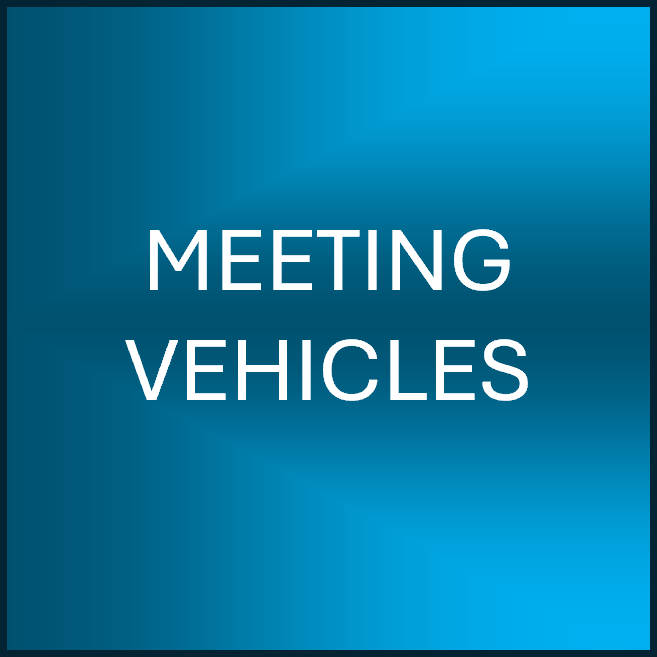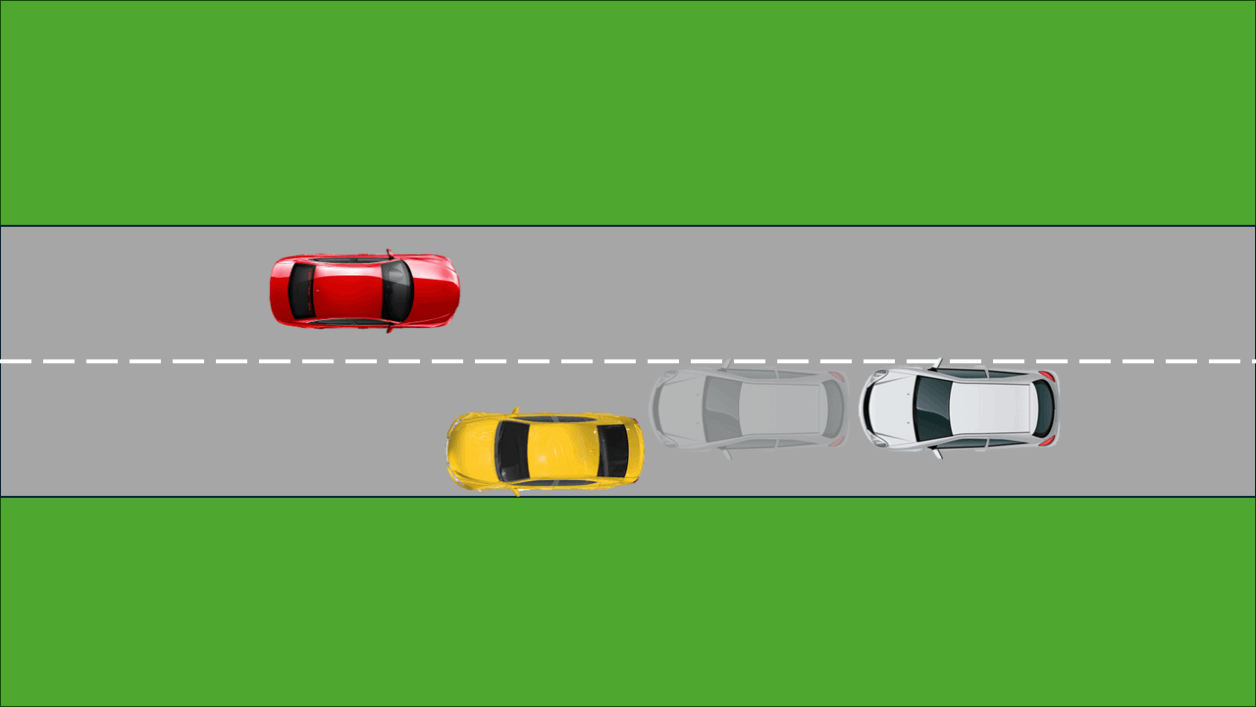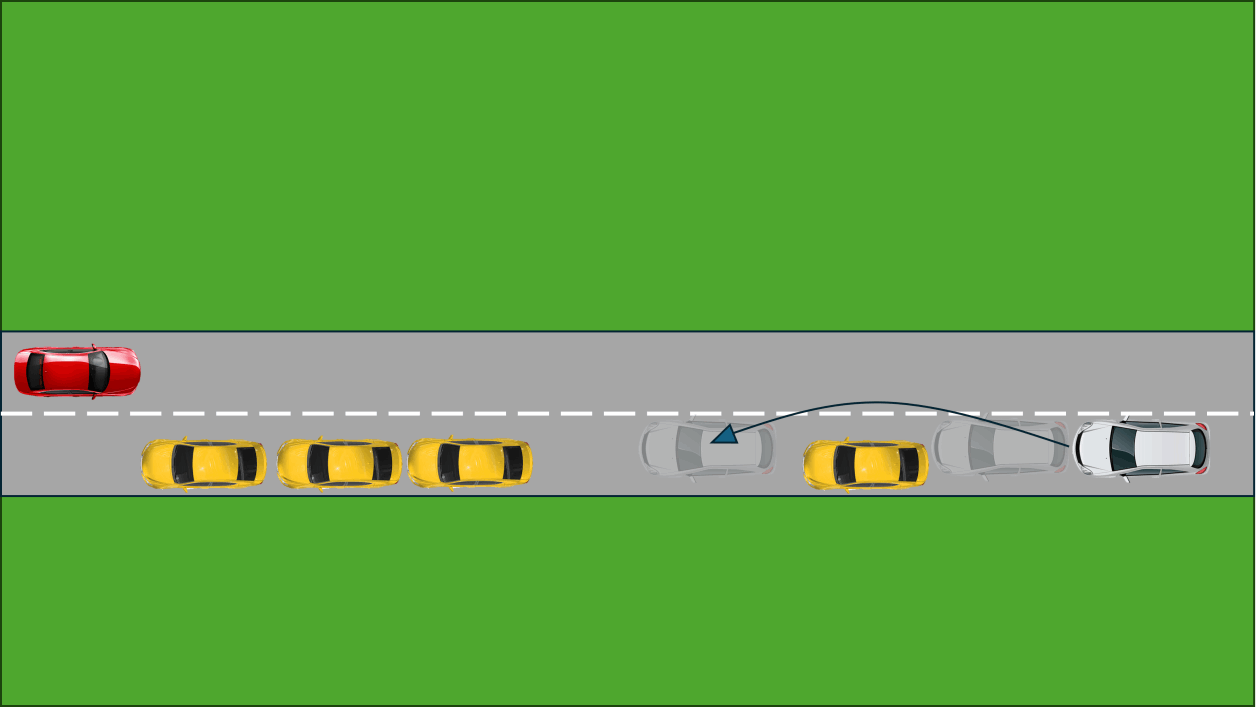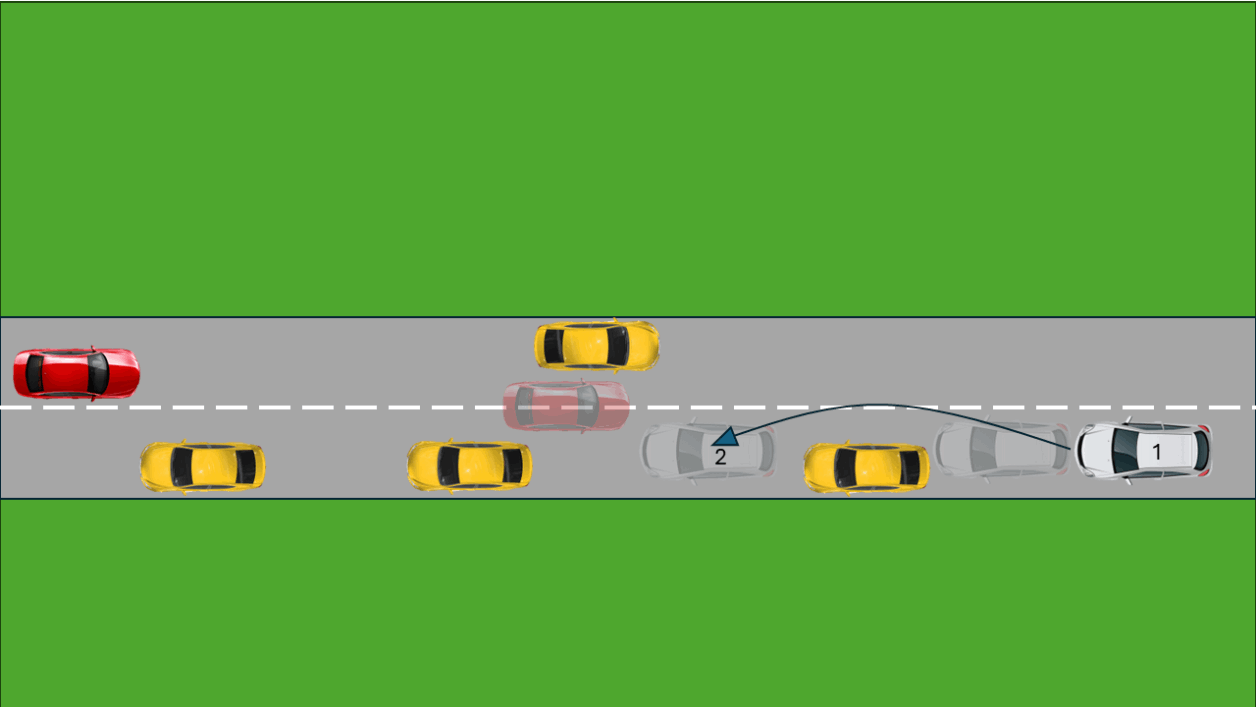
Meeting Vehicles Situations

Meeting Vehicles Situations
There is usually a "Their side of the road" and an "Our side of the road"
Places where oncoming traffic may need a lot more attention are places such as
residential estates, town centres, rural roads and generally smaller narrow roads.
How do we deal with oncoming traffic? Defensively is the easiest answer.
Being a defensive driver is normally the safest way to drive.
However, that is not to say that at any given time you must stop and let oncoming vehicles pass you first.
It is all about whether you have priority or not, and whether by you waiting for them may lead to more problems than it may lead to by going.
Planning ahead will massively help to enable you to make a informed decision as to your actions.
Is there a gap for me to pull into ahead?
Will I cause congestion behind me if I wait?
If I wait will that end up blocking the road?
Is there signage to tell me I have priority?
Is it safe for me to proceed?
Am I stopping when there is adequate space for me to continue that may lead to confusing vehicles behind me?
Am I making my intentions clear?
Did the oncoming car flash me to carry on or do they mean they are coming?
Lots of decisions to make, and ultimately
IF YOU DON'T KNOW ..............DON'T GO!
If a "Meeting situation" arises, first and foremost use the MSPSGL routine.
Make your intentions clear to everyone, and especially to vehicles following you.
If you pull in to allow the oncoming vehicle through, do the vehicles following you understand that you have just pulled in to allow the oncoming vehicles through?
By positioning yourself far enough out in your lane to make your intentions clear to following traffic, it will ensure that they don't get impatient and try overtaking you, but will still allow the oncoming vehicles enough space to fit through.
Don't stop right up behind a parked car as this will mean you need additional steering to get out and around it, or you may even need to have to reverse back first and this will cause issues with vehicles behind you.
By stopping about two car lengths back from parked vehicles it will make your move off much easier, make your intentions clearer and will allow for much less steering being required.

We have a yellow parked car, an oncoming red car, and we are the white car.
In this situation we need to stop to allow the red car through. There would not be space for us both to fit through even if the red car moved over slightly.
As a rule of thumb, if there are cars parked on our side of the road, we should consider stopping and visa-versa for vehicles parked on the other side of the road.
Our position in the road is a good car length back from the parked car to allow less steering when we move off. If we get too close then the angle will be substantially tighter to get out of requiring extra steering, or even the need to reverse slightly first.
By staying close to the centre line it will allow us to see further along the road for possible pull in places, should there be other parked vehicles, but also will show that we are an active vehicle, so that should other vehicles come up behind us, they will understand that we are waiting for the oncoming car to pass before we can move off.

On this occasion we have multiple vehicles parked on my side of the road. However, there is a gap ahead of the first parked car and I could safely pass that and pull into the gap in front of it before the oncoming vehicle get to me.
Again, by positioning myself in the road, I was able to see that there was a gap in between the parked vehicles.
Before I proceed, I must ensure that I am happy with the approach speed of the oncoming vehicle so that I don't cause that vehicle to change speed or direction because of my actions.

We need to be forward thinkers as driver's to be able to work out situations before they happen. Looking at this situation, would it be prudent for me to wait at position 1 and let the red car come through first?
If I move to position 2, although there is enough room for the red car to pass by the two yellow cars opposite each other, I am going to make the situation a lot harder for them to deal with bu moving to position 2.
Planning ahead and anticipating what other road users may or may not do, is a crucial skill for drivers.
I could create masses of these types of situations, but the core principles of them are and will always be the same.
It is about WORKING WITH EACH OTHER. The roads are for us all to use, and unless priority has specifically been given, them we all just need to work things out and show consideration to each other.
Defensive driving is by far the best way to drive, the likelihood is, that on any journey you'll probably only put a couple of minutes on to your journey time for being a defensive driver. On the other hand, being a competitive driver who always takes risks and has to be the first one through, might not make it to the end of their journey!